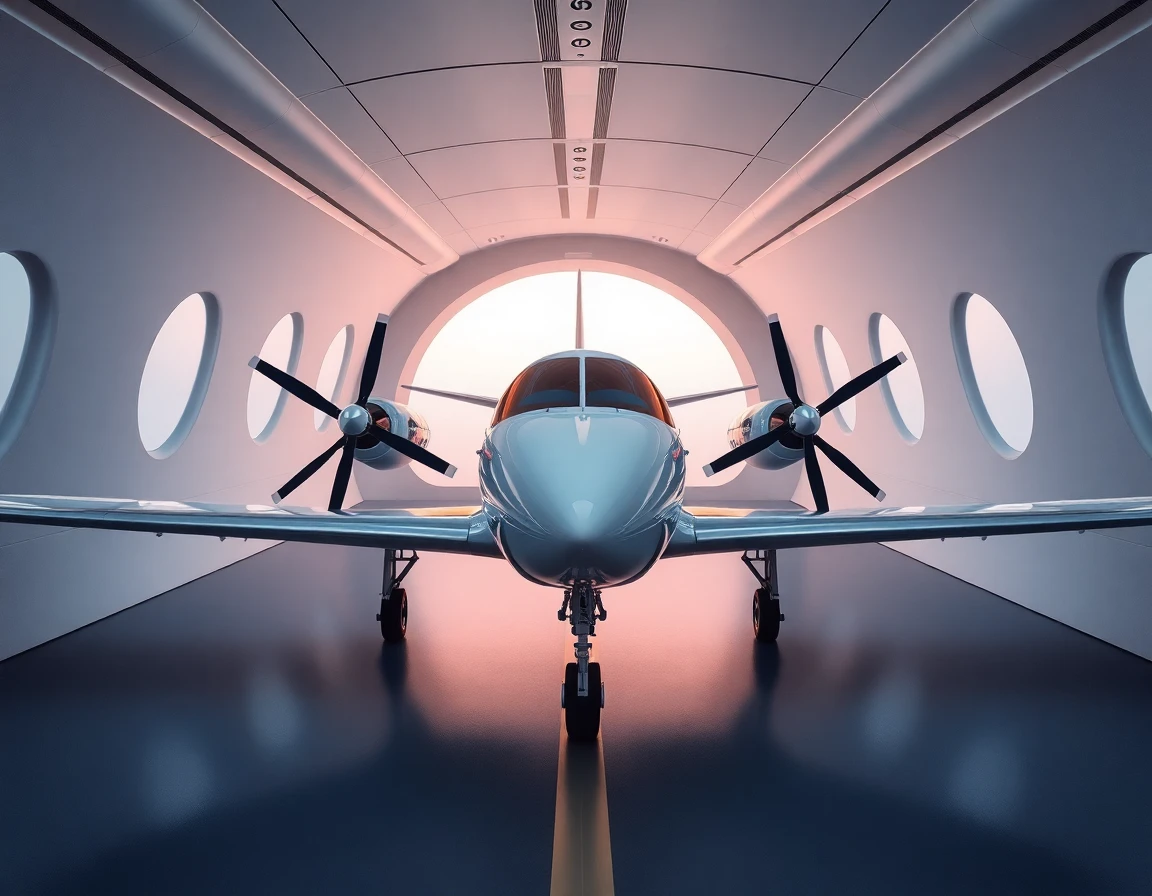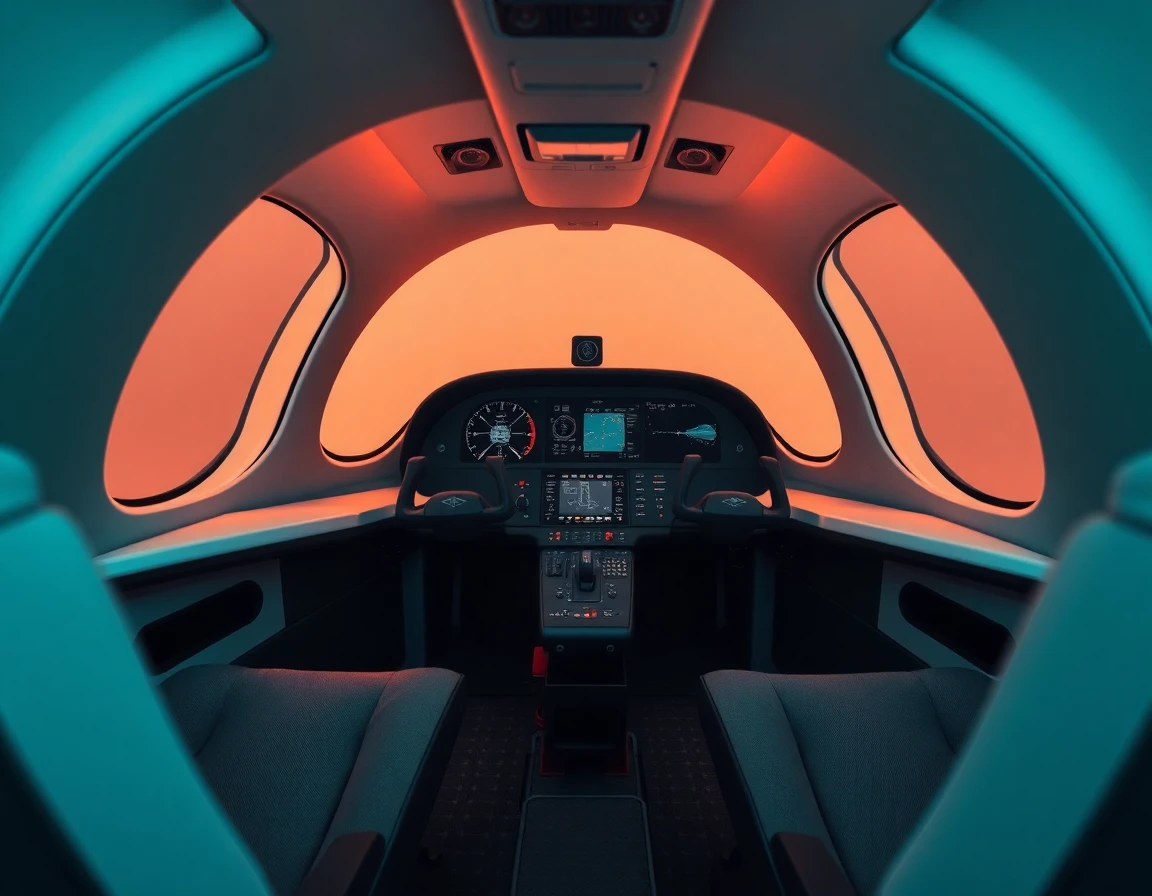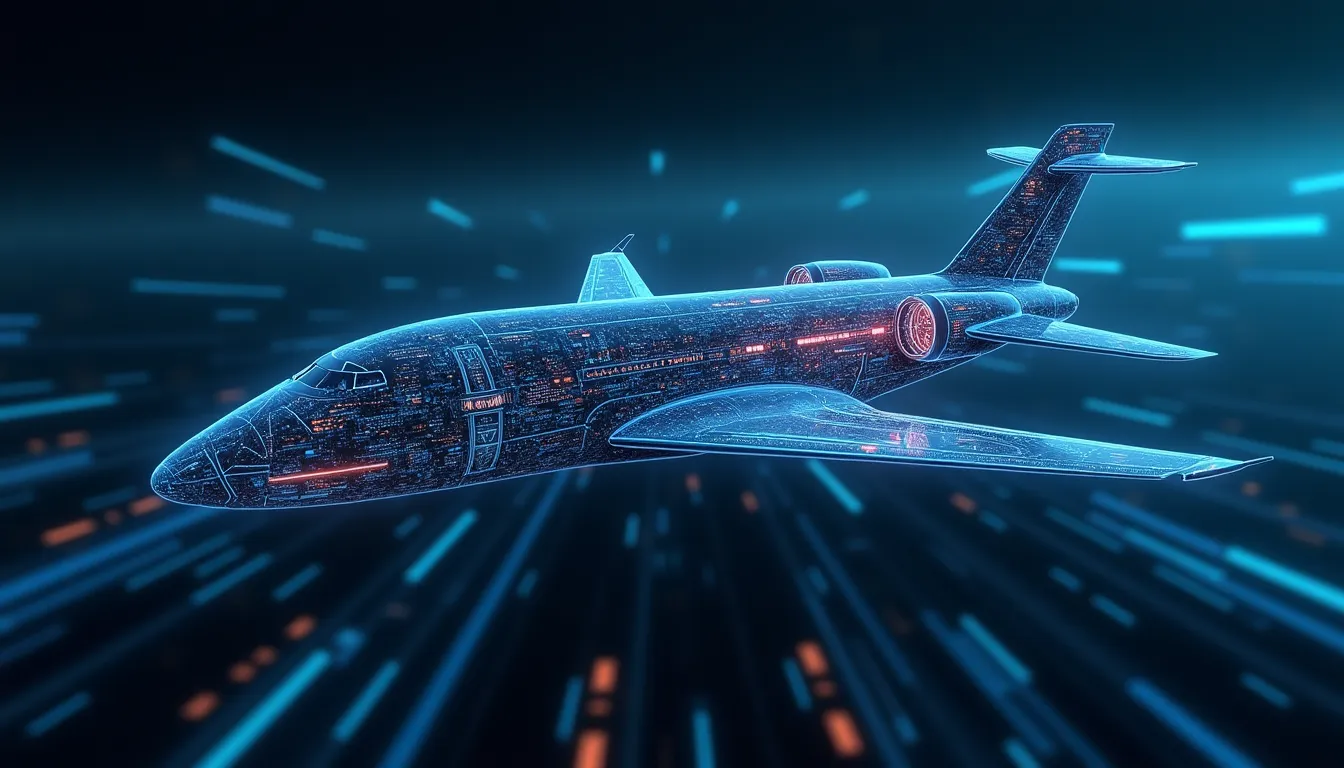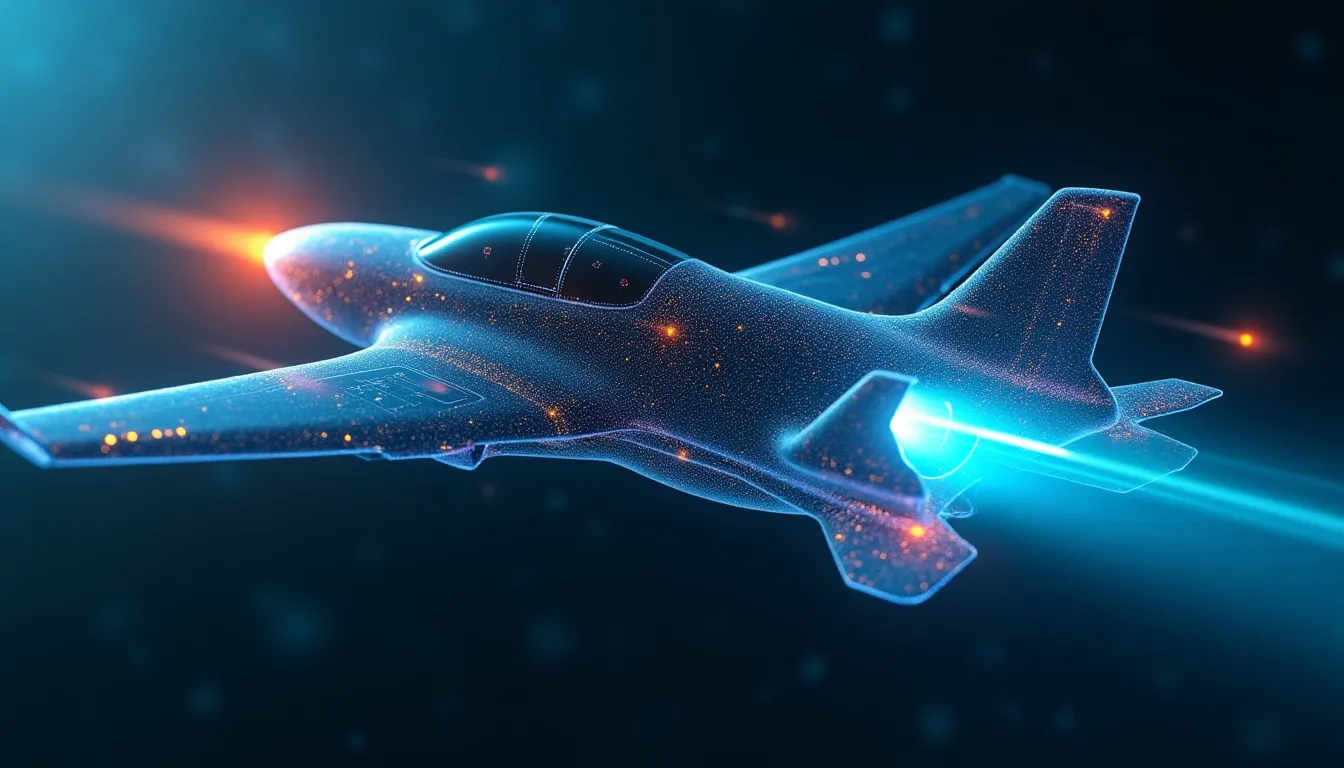In recent years, the aviation industry has witnessed a remarkable transformation with the introduction of neural interface aviation technologies. These cutting-edge brain-computer interfaces (BCIs) are not only enhancing pilot training but also revolutionizing the way pilots control aircraft. By facilitating direct communication between the brain and digital systems, BCIs promise to create safer and more efficient aviation experiences.
Understanding Neural Interfaces in Aviation
Neural interfaces are systems that interpret brain signals to enable communication between the human brain and external devices. In aviation, this technology has gained traction as researchers and engineers develop innovative applications that support pilot training and aircraft operation.
The Technology Behind BCIs
At the core of neural interface aviation is the brain-computer interface (BCI) technology, which typically involves sensors placed on the scalp or implanted within the brain. These sensors capture electrical signals generated by neuronal activity. Software algorithms then decode these signals into commands that can be understood by aircraft systems.
For instance, a recent collaboration between NeuroFlight Technologies and AeroDynamics Corp has resulted in a prototype BCI that allows pilots to adjust flight parameters such as altitude and speed using mere thoughts. According to Dr. Emily Carter, a lead researcher at NeuroFlight, “Our goal is to create a seamless interface that allows pilots to control aircraft with their thoughts, improving reaction times and reducing cognitive load.”
Enhancing Pilot Training
The integration of neural interface technology into pilot training programs has the potential to transform how aspiring aviators are trained. Traditional methods of training involve extensive use of simulators and in-flight experience to develop reflexes and decision-making skills. However, BCIs can accelerate this process by offering real-time feedback on a trainee’s cognitive states.
Real-time Feedback Mechanisms
Using neural interfaces, flight schools can provide instant assessments of a trainee’s mental readiness and focus. For instance, SkyMind Systems has developed a training platform that employs neural feedback to help pilots identify when they’re experiencing cognitive overload. This data can be crucial during high-stress scenarios, allowing instructors to customize training regimens effectively.
“Neural interfaces allow us to quantify a pilot’s mental state in ways we never could before,” says Captain John Edwards, a flight instructor at SkyMind Systems. “This technology not only enhances training but also prioritizes safety.”
Simulating High-Stress Environments
Furthermore, BCIs can be integrated into flight simulators, creating an immersive training experience that simulates high-stress environments. By monitoring pilot responses, trainers can better understand how a pilot reacts under pressure and what cognitive skills need further development. This is particularly valuable for military pilots, where quick decision-making can mean the difference between success and failure in critical missions.
Improving Aircraft Control
Beyond training, neural interface aviation is poised to change the dynamics of aircraft control. The ability to interpret brain signals can lead to more intuitive and responsive flight systems that align with a pilot’s intentions.
Safety Enhancements Through Neural Interfaces
One of the most significant advantages of BCIs is the enhancement of safety. In situations where pilots may be incapacitated or unable to respond swiftly, neural interfaces could take over control, ensuring that the aircraft remains stable. Companies like FlightSafe Innovations are exploring automated systems that utilize BCI data to maintain safe flight paths autonomously.
“Imagine a scenario where a pilot suddenly loses consciousness; a neural interface could detect that change in mental activity and activate emergency protocols,” explains Dr. Sarah Mitchell, a safety analyst at FlightSafe Innovations.
Future Developments in Neural Interface Aviation
As research progresses, the potential applications of neural interface aviation continue to expand. Future developments could include fully autonomous flight systems where human pilots work in tandem with AI-driven aircraft controls, significantly reducing the likelihood of human error.
Moreover, advancements in materials science may lead to more comfortable and effective neural interface devices. Wearable technology that integrates seamlessly with existing pilot gear is on the horizon. Companies are working towards miniaturizing sensors, making them more ergonomic and less invasive.
Conclusion: The Future of Neural Interface Aviation
The implementation of neural interface aviation represents a paradigm shift in how the aviation industry approaches pilot training and aircraft operation. With the promise of enhanced safety, improved pilot performance, and more intuitive control systems, the future of flight looks incredibly promising.
As industry leaders and researchers continue to innovate, it is clear that the integration of BCIs into aviation will usher in a new era of flying — one where the mind becomes the ultimate control mechanism. The impact of this technology extends beyond just aviation; it may redefine human-machine interaction across various sectors, paving the way for a smarter, safer future.
With the support of companies like NeuroFlight Technologies, AeroDynamics Corp, SkyMind Systems, and FlightSafe Innovations, the journey towards a new era of neural interface aviation is well underway, promising to reshape the skies for generations to come.



